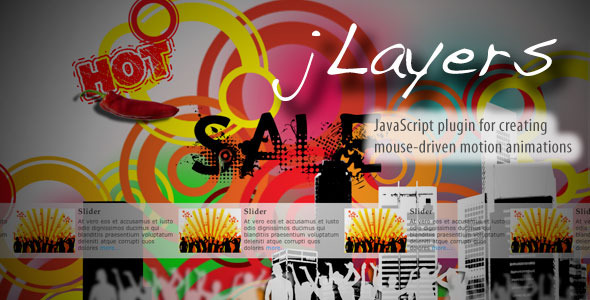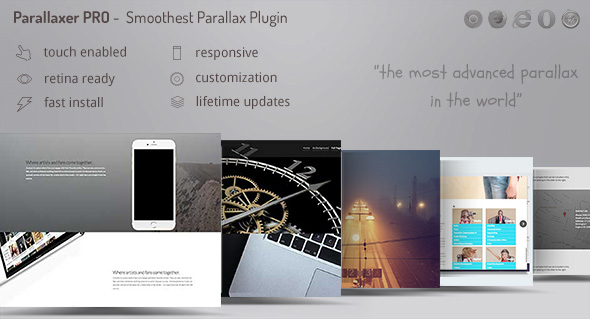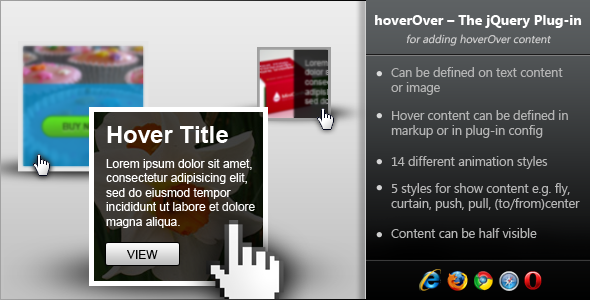
jLayers is a lightweight JavaScript plugin that transforms static web elements into dynamic, mouse-driven animations. By tracking cursor movements, it creates captivating parallax effects where multiple layers move at different speeds, producing depth and visual interest. Perfect for modern websites, this tool works with any HTML content including images, text blocks, and embedded videos.
How jLayers Enhances User Experience
Mouse-driven animations create an immediate connection between visitors and your website. As users explore your page, jLayers responds to their movements with subtle but engaging visual feedback. This interactive approach:
- Increases engagement by making browsing feel more dynamic and personal
- Guides attention through natural motion cues that follow the cursor
- Adds professional polish without heavy resource usage
- Works across devices with smooth performance on modern browsers
Key Features of jLayers
This versatile plugin offers several powerful capabilities for web designers and developers:
Customizable Layer Control
Each content layer can be configured with unique movement parameters:
- Independent speed settings for foreground and background elements
- Adjustable sensitivity to mouse movements
- Direction constraints (horizontal, vertical, or both)
- Movement boundaries to keep content within designated areas
Multi-Purpose Implementation
jLayers serves various web design needs:
- Interactive backgrounds that respond to visitor activity
- Product showcases where items rotate or reveal details on hover
- Storytelling sequences that unfold as users explore the page
- Attention-grabbing headers for landing pages
Implementation Guide
Getting started with jLayers requires minimal setup:
Basic Installation
- Include the jLayers script in your HTML head section
- Structure your content with designated layer containers
- Initialize the plugin with your preferred settings
Advanced Customization
For more sophisticated effects, consider these techniques:
- Combine with CSS transitions for smoother animations
- Layer transparent PNGs for complex composite movements
- Trigger additional JavaScript events based on layer positions
- Implement mobile fallbacks for touchscreen devices
Performance Considerations
While jLayers is optimized for efficiency, follow these best practices:
- Limit the number of active layers (3-5 typically works best)
- Optimize image assets to prevent lag
- Debounce rapid mouse movements for smoother animations
- Disable effects during browser tab inactivity
Inspiration and Resources
For visual assets to use with jLayers, explore these resources:
- Stock.XCHNG – Free stock photography
- SVG repositories for scalable vector layers
- CSS gradient generators for lightweight backgrounds
When implemented thoughtfully, jLayers can transform ordinary websites into immersive experiences that delight visitors and encourage exploration. The plugin’s flexibility makes it suitable for everything from subtle accent animations to full-page interactive environments.


